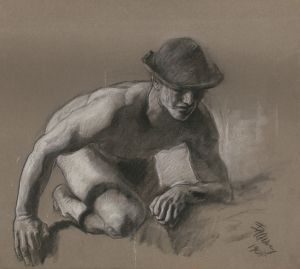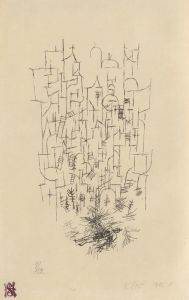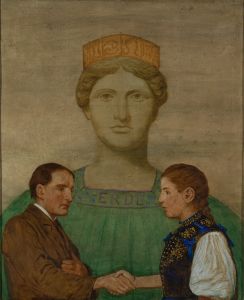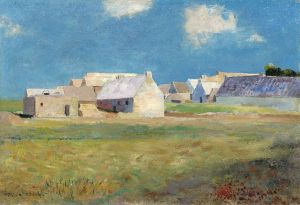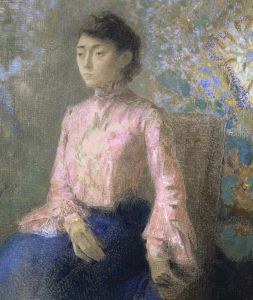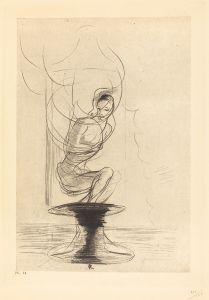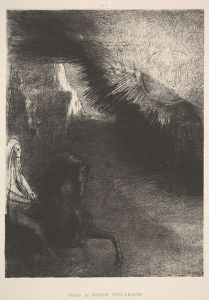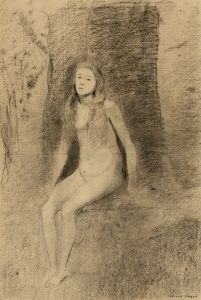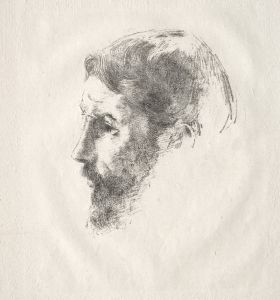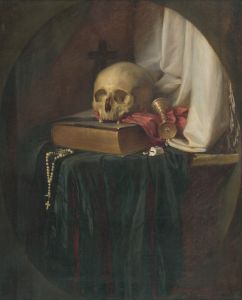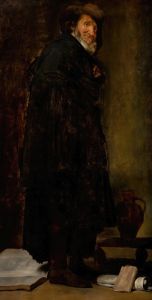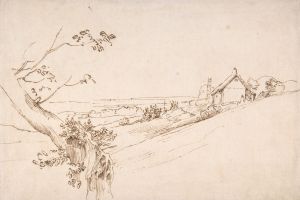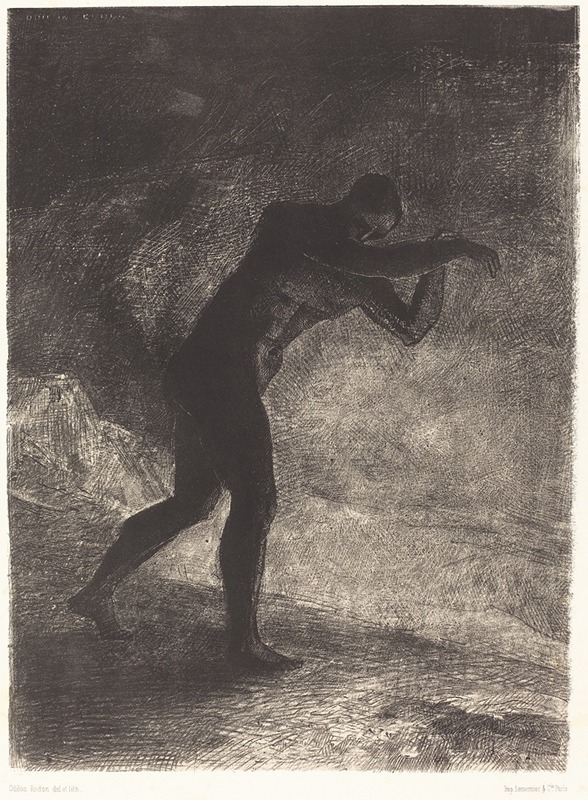
Et l’homme parut, interrogeant le sol d’ou il sort et qui l’attire, il se fraya la voie vers
A hand-painted replica of Odilon Redon’s masterpiece Et l’homme parut, interrogeant le sol d’ou il sort et qui l’attire, il se fraya la voie vers, meticulously crafted by professional artists to capture the true essence of the original. Each piece is created with museum-quality canvas and rare mineral pigments, carefully painted by experienced artists with delicate brushstrokes and rich, layered colors to perfectly recreate the texture of the original artwork. Unlike machine-printed reproductions, this hand-painted version brings the painting to life, infused with the artist’s emotions and skill in every stroke. Whether for personal collection or home decoration, it instantly elevates the artistic atmosphere of any space.
Odilon Redon (1840-1916) was a French symbolist painter, printmaker, draughtsman, and pastellist. He is best known for his works that reflect his fascination with dreams, the subconscious, and the fantastical. One of his notable works is "Et l’homme parut, interrogeant le sol d’ou il sort et qui l’attire, il se fraya la voie vers," which translates to "And man appeared, questioning the ground from which he emerges and which attracts him, he made his way towards."
This work is part of Redon's series of lithographs that delve into themes of human existence, creation, and the mysteries of life. Redon’s art often explores the boundary between the visible and the invisible, the real and the imaginary. His use of black and white in lithographs creates a stark contrast that emphasizes the ethereal and otherworldly qualities of his subjects.
In "Et l’homme parut," Redon presents a figure that appears to be emerging from the ground, symbolizing the birth or creation of man. The figure's posture and expression suggest a sense of curiosity and wonder as it contemplates its origins and the forces that draw it back to the earth. This theme is consistent with Redon's broader interest in the human condition and the existential questions that arise from it.
Redon’s technique in this lithograph is notable for its delicate and intricate lines, which create a sense of depth and texture. The use of chiaroscuro, or the contrast between light and dark, enhances the dramatic effect of the image. The figure is rendered with a sense of fluidity and movement, suggesting a dynamic process of emergence and self-discovery.
Redon's work was influenced by a variety of sources, including literature, philosophy, and science. He was particularly inspired by the writings of Edgar Allan Poe, Charles Baudelaire, and Stéphane Mallarmé, whose works often explore themes of mystery and the unknown. Redon’s interest in the natural sciences is also evident in his detailed and imaginative depictions of flora and fauna, which often appear in his lithographs and paintings.
"Et l’homme parut" reflects Redon's fascination with the interplay between the natural and the supernatural, the known and the unknown. It is a powerful example of his ability to convey complex and abstract ideas through visual art. The work invites viewers to contemplate their own origins and the forces that shape their existence.
Redon's contributions to the Symbolist movement were significant, and his work has been celebrated for its originality and depth. His lithographs, in particular, are considered masterpieces of the medium, showcasing his skill and imagination. "Et l’homme parut" is a testament to Redon's enduring legacy as an artist who pushed the boundaries of visual expression and explored the profound questions of human existence.





